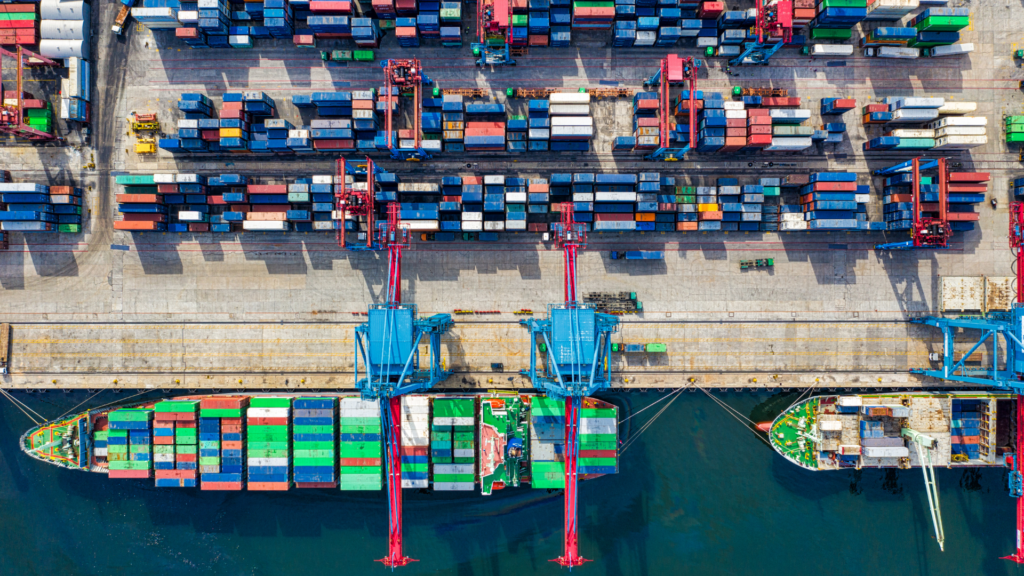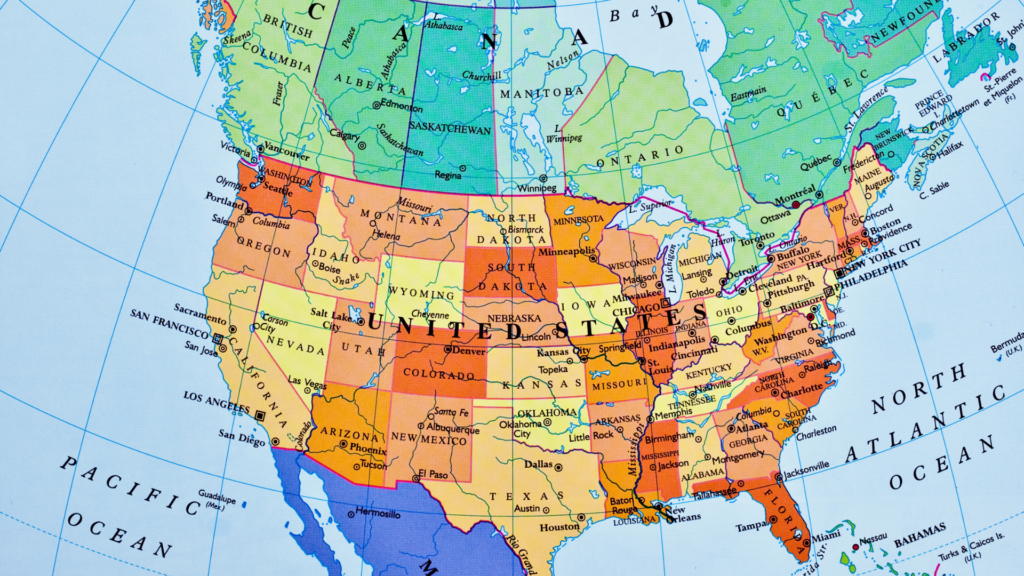Traveling to China, Ocean Carrier Rates Falling and Union Negotiations.
Your weekly All-Ways round-up of supply chain news.
China’s Reopening
In the latest move to open its country after 3 years of lockouts, starting March 15, China will resume issuing all types of visas to foreigners. Namely -
✔️Multi-year multiple entry visas issued before March 28, 2020, that are still valid will resume function, including the 10-year business visa and other tourist visas.
✔️Foreigners can apply for all types of visas, including tourist and medical visas.
✔️Port visas will begin to be issued again.
✔️Resuming the operation of the visa-exemption policy for Hainan, the visa-exemption cruise policy for Shanghai, the visa-exemption policy for foreigners to visit Guangdong from Hong Kong and Macao, and the visa-exemption policy for ASEAN tour groups to Guilin and Guangxi.
Travelers are still required to take a Covid test 48 hours prior to departure.
To avoid wrongful detention, it’s advisable to reach out to your local embassy or consulate for more information to ensure proper adherence to procedures.
Please note, not all embassies and consulates have released the above notice.

Rate Erosion
Over the last 2 years, ocean carriers have experienced incredible financial success but that is all coming to an end.
Zim, for example, had a net profit of $4.63 billion in 2022 and $4.65 billion last year. This year, however, the Israeli shipping line expects to only achieve $100 million to $500 million in profits before tax and interest.
“Further erosion of ocean freight rates is to be expected in H1 23,” the latest Transport Intelligence ‘Insight Ocean Freight Rate Tracker’ report stated. “In addition to dwindling demand, the additional capacity coming into the market in the second half of 2023 and [in] 2024 will be another factor putting downward pressure on rates.”
Ocean carriers intend on adding new vessels that are more fuel efficient and more eco-friendly as quickly as possible. The older vessels will be sent to secondary trade lines or be put into hot or cold lay-up.
“Unless meaningful and permanent capacity cuts are made, rates will continue to decline, and temporary cuts will not be enough to support the weaker ocean freight volumes.”
However, the second half of the year is expected to be more profitable for the liner industry and potentially stop the fall in rates.
Coast to Coast
Unless any resolution is reached, by the second half of 2023, there will be six port worker unions negotiating a contract renewal. The longshore labor talks will be spanning from coast to coast in both the US and Canadian ports.
It’s highly unusual that all negotiations occur at once. It’s rightfully making shippers nervous as unionized port workers are essential to keeping the ports up and running.
West Coast
On the western side, the International Longshore and Warehouse Union have been in negotiations for the last 10 months.
Although there have been few disruptions, shippers are rethinking their contract renewal and are diverting cargo to other ports. In February, a joint statement was released stating that they were hopeful that an agreement will be reached shortly but importers are not optimistic about the situation.
Although the jurisdictional dispute involving Terminal 5 in Seattle has been temporarily set aside, there’s no clear timeframe as to when the National Labor Relations Board (NLRB) will rule on the matter between the ILWU and the International Association of Machinists (IAM)
In addition, at the end of June, the LA/LB clerical workers will be expiring but a conclusion won’t be reached until the West Coast longshore workers have a deal.
East and Gulf Coasts
Ahead of the contract expiration in September 2024, the International Longshoremen’s Association (ILA) is seeking to work with East and Gulf coast employers ahead of time to work out a new six-year deal.
Although talks on a local and coastwide level have been paused, ILA President Harold Daggett is confident that an early agreement will be reached with the US Maritime Alliance. However, wage demands might delay the process.
Discretionary cargo from the West Coast will have a higher chance of remaining on the East and Gulf Coasts if an agreement is reached quickly and because of the improved infrastructure.
Canadian Ports
Contract negotiations at the ports of Vancouver and Prince Rupert began in early march. It could take 16-18 months for ILWU Canada and employers at the British Columbian ports to reach an agreement. A major point of contention is regarding, you guessed it, automation.
Montreal, Canada’s second busiest port, has a forced deal by the federal government that is set to expire in a year. The port is under pressure to reach an agreement by the end of 2022.
Halifax contract that originally expired at the end of 2020. Ongoing negotiations were disrupted by the onset of the pandemic. Labor and employers have requested federal mediation to help reach a conclusion.



